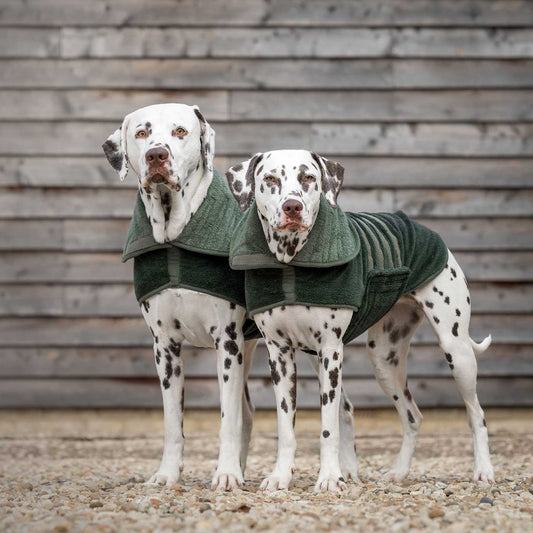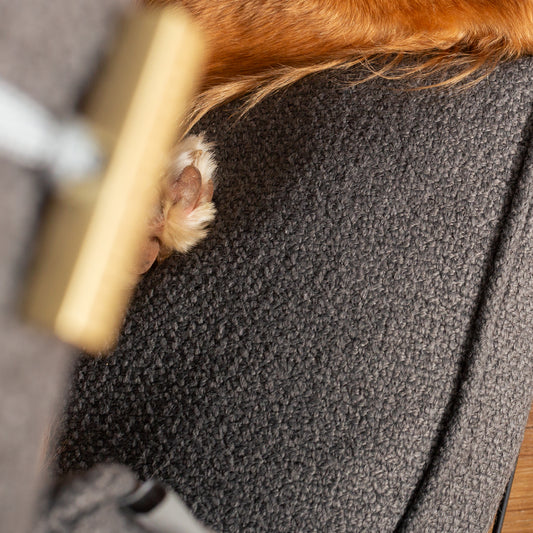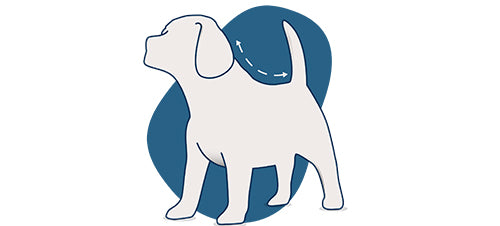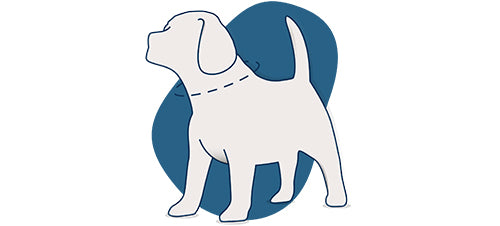Put simply, yes, dogs can fly on planes in the UK, but there are specific regulations and requirements that you must adhere to. The UK has strict rules regarding pet travel to ensure the safety and well-being of animals during flights. It's important to check with your airline and the UK's Pet Travel Scheme (PETS) for the most current regulations. Here at Lords and Labradors, we have all the gear to make your travels safe & seamless.
Key Regulations for Flying with Dogs in the UK
Microchip and Vaccination: Your dog must be microchipped and vaccinated according to country & airline regulations. Ensure that these vaccinations are up-to-date and your dog's microchip details are correctly registered.
Pet Passport or Health Certificate: You will need a pet passport or an official health certificate issued by an authorised vet. This document should include details of your dog's microchip number, details of their vaccination, and other relevant health information.
Tapeworm Treatment: Dogs must receive tapeworm treatment before entering the UK. This treatment should be administered by a vet and recorded in the pet passport or health certificate.
Approved Airlines and Routes: Only certain airlines and routes are approved for pet travel. Check with your airline to ensure they are authorised to transport pets to and from the UK.
Preparing Your Dog for Air Travel
Proper preparation is so important for a safe and comfortable journey and flight for your dog. Here are some essential steps to take before your journey:
Choose the Right Crate
Invest in an IATA (International Air Transport Association) approved travel crate. The crate should be spacious enough for your dog to stand, turn around, and lie down comfortably. Ensure the crate is well-ventilated and secure.
Acclimate Your Dog to the Crate
Well before your trip, start getting your dog used to the travel crate. Place the crate in your home and encourage your dog to explore it. Gradually increase the amount of time your dog spends in the crate to help them feel comfortable and secure.
Health Check and Documentation
Visit your vet for a thorough health check. Ensure all vaccinations are up-to-date and obtain a pet passport or health certificate. Discuss any concerns you have about travelling with your vet, and consider asking for help and advice if your dog is particularly anxious.
Book Early and Confirm Details
Book your flight well in advance and inform the airline that you will be travelling with a dog. Confirm all details regarding pet travel, including crate size requirements, fees, and documentation needed.

Tips for a Smooth Flight with Your Dog
Exercise Before the Flight
Give your dog plenty of exercise before the flight to help them relax and expend excess energy. A tired dog is more likely to rest during the journey.
Limit Food and Water Intake
Avoid feeding your dog a large meal before the flight to prevent motion sickness. Offer water up until departure but limit the amount to avoid accidents in the crate.
Comfort Items
Place a familiar blanket or toy in the crate to provide comfort and a sense of security. These items can help reduce stress and anxiety during the flight.
Check-In Early
Arrive at the airport early to allow plenty of time for check-in and security procedures. This will also give your dog time to acclimate to the airport environment.
During the Flight
Ensure the crate is securely fastened in the cargo hold or under the seat in front of you, depending on your airline's policies. Remain calm and composed, as dogs can pick up on their owner's anxiety.
Post-Flight Care
Once you arrive at your destination, take the following steps to ensure your dog’s comfort and well-being:
Immediate Care
After the flight, take your dog out of the crate as soon as possible and allow them to stretch, hydrate, and relieve themselves. Check for any signs of stress or discomfort.
Settling In
Give your dog time to adjust to the new environment. Maintain a calm demeanour and provide comfort items such as their favourite toys or blankets to help them feel at home.
Monitor Health
Monitor your dog’s health closely in the days following the flight. Look out for signs of dehydration, stress, or illness, and consult a vet if you have any concerns.

Choosing the Right Airline and Flight
Not all airlines have the same policies regarding pet travel. Research and choose an airline that is known for its pet-friendly policies and good reputation for handling animals. Some airlines offer special pet travel programs that provide additional care and comfort for your furry friend.
Key Considerations When Choosing an Airline
Pet Travel Program: Look for airlines with dedicated pet travel programs that offer additional services such as temperature-controlled cargo holds and specialised care.
Flight Duration: opt for direct flights whenever possible to minimise the stress of multiple take-offs and landings.
Cabin vs. Cargo: Small dogs may be allowed to travel in the cabin with you, while larger dogs will need to be in the cargo hold. Ensure the cargo hold is temperature-controlled and meets safety standards.
Flying with your dog requires careful planning and preparation, but with the right approach, it can be a safe and enjoyable experience for both of you. By understanding the regulations, preparing your dog properly, and choosing the right airline, you can ensure a smooth journey. At Lords & Labradors, we offer a range of travel accessories to help make your trip as comfortable and stress-free as possible. Safe travels!


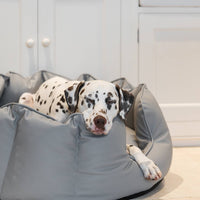
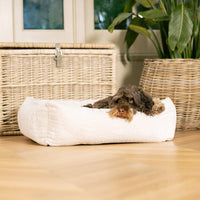
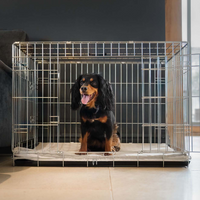
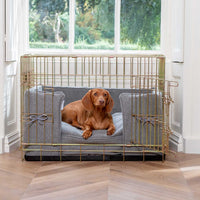
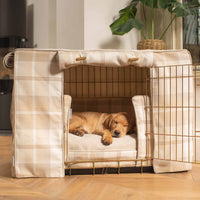
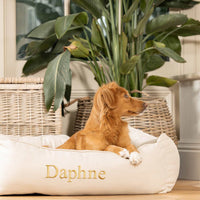
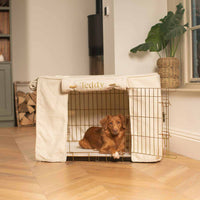
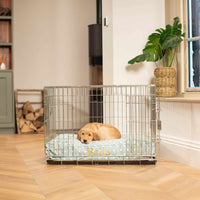
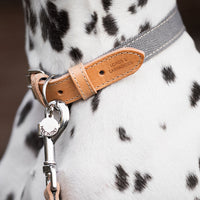
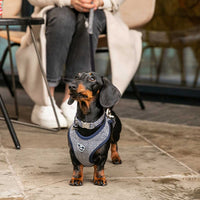
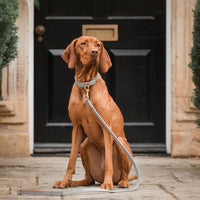
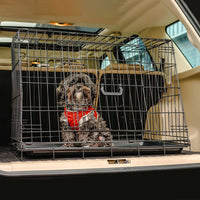
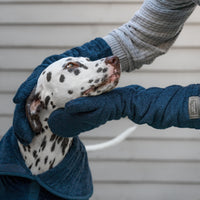
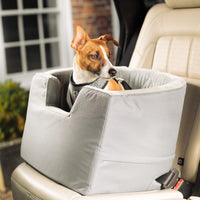
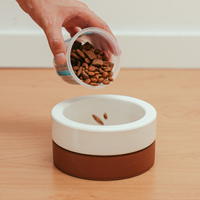
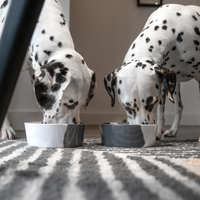
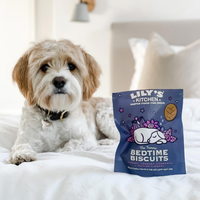
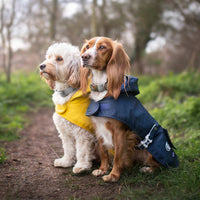
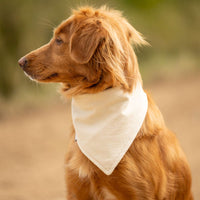
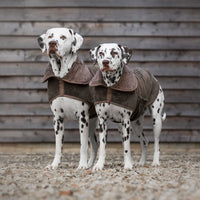
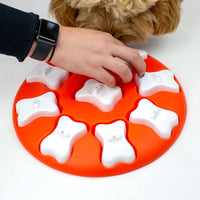
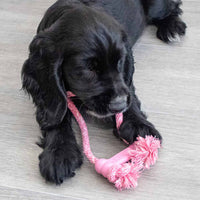
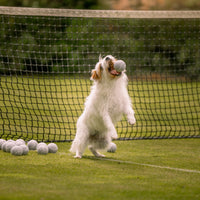
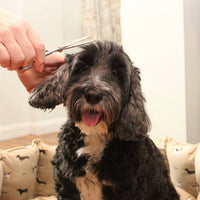
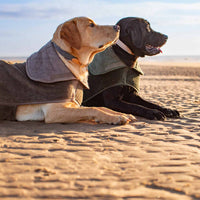
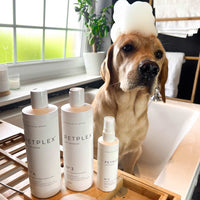
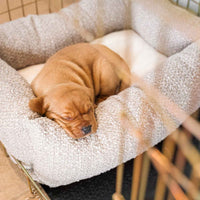
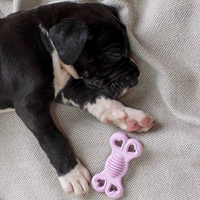
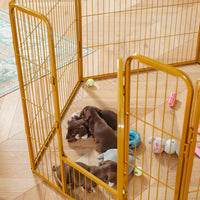



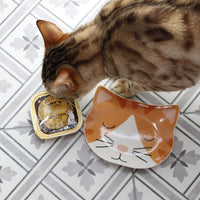
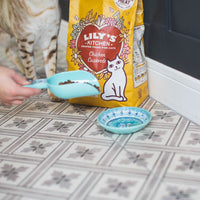
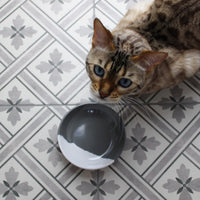
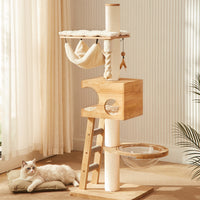

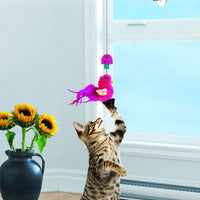
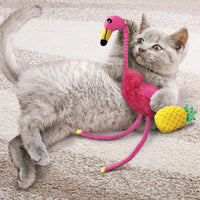

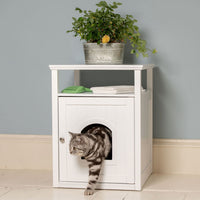
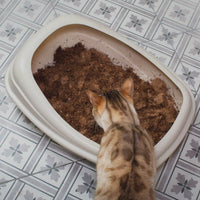
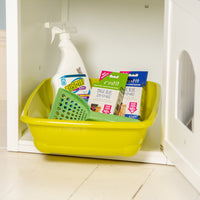
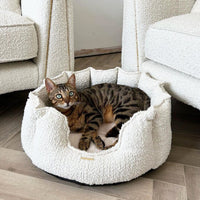
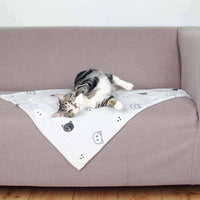
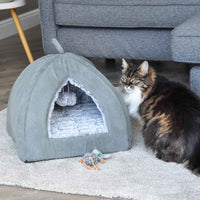


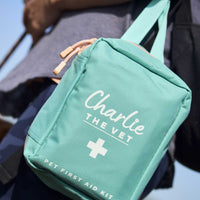
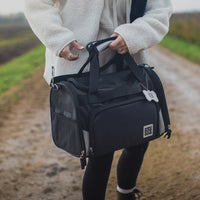

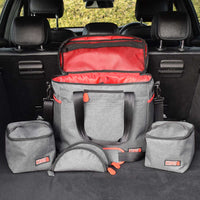


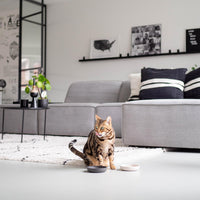
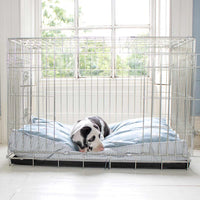
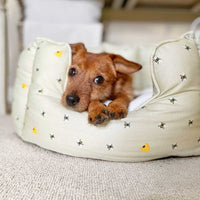
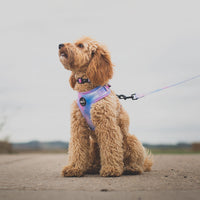
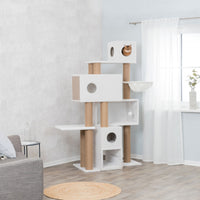
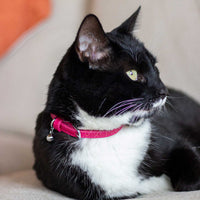
.jpg?v=1721211655320&options=)





